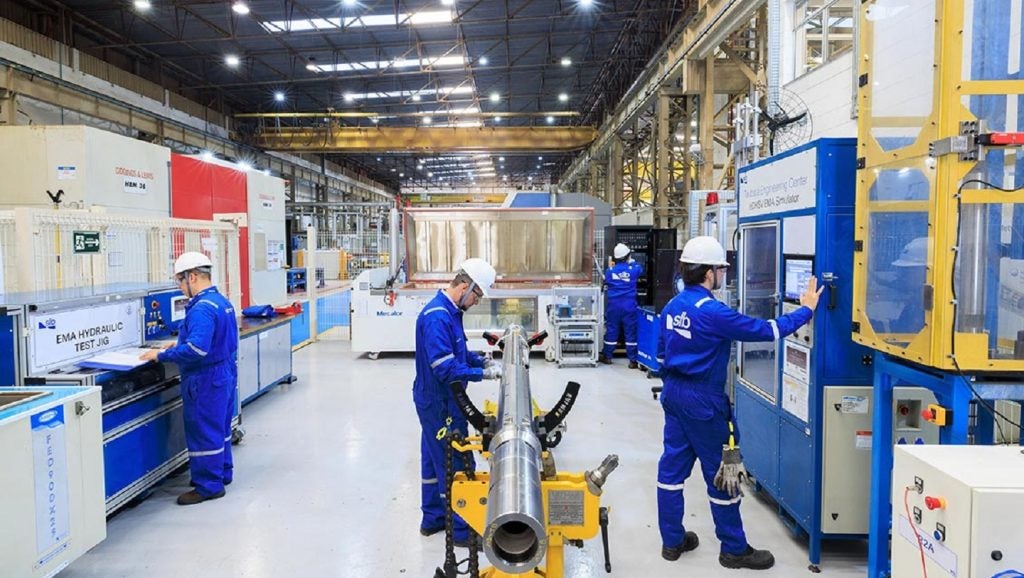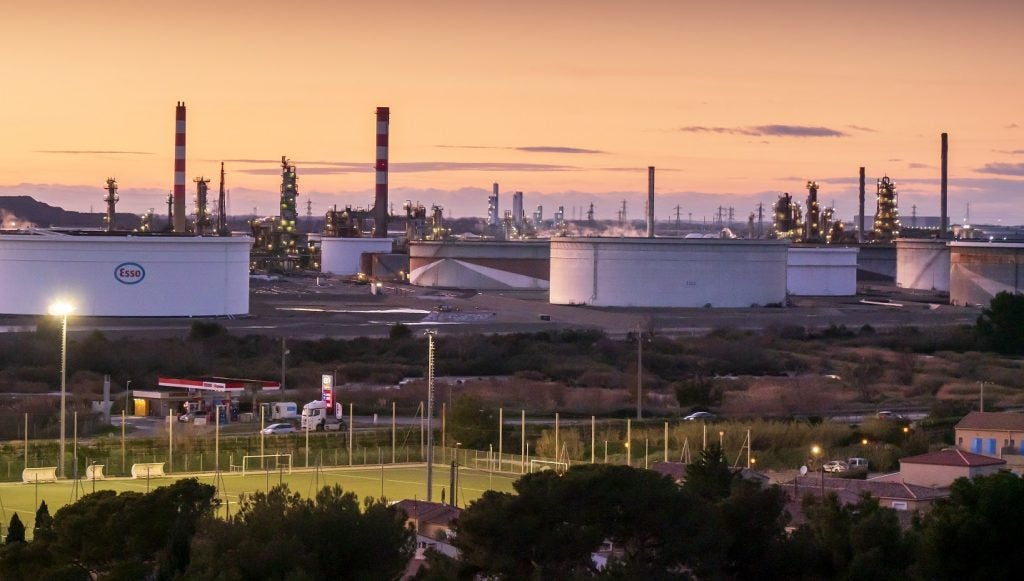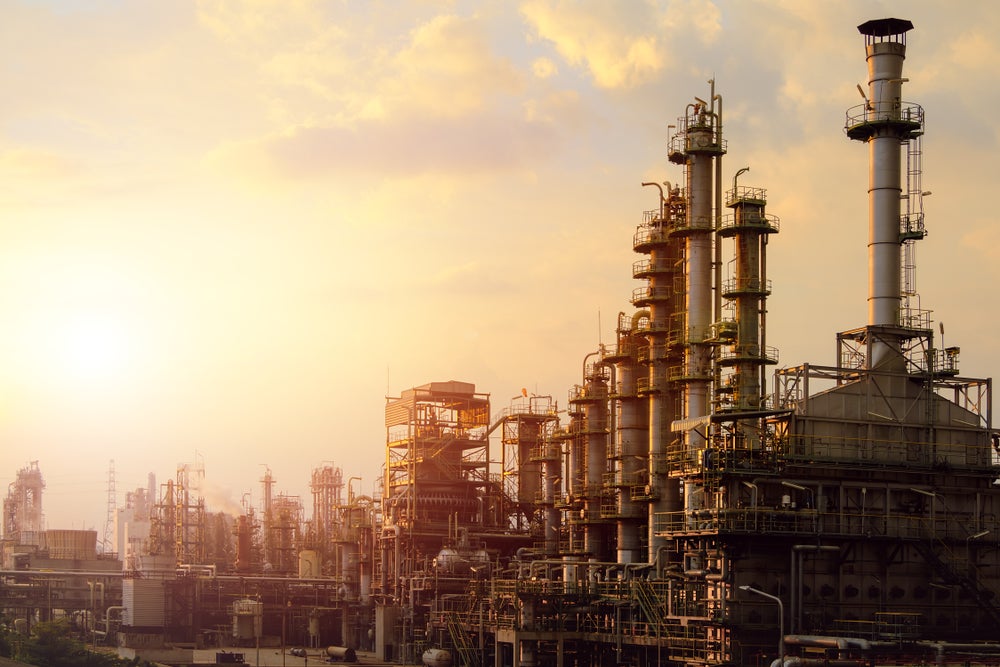Petroleo Brasileiro operates the Paulinia coking refinery, which is located in Sao Paulo, Brazil. According to GlobalData, who tracks and profiles more than 1,400 refineries worldwide, it is an integrated coking owned by Petroleo Brasileiro. The refinery started operations in 1972 and has a Nelson Complexity Index (NCI) of 6.9. Buy the profile here.
Maintenance activities at Paulinia coking refinery
The Paulinia refinery coking witnessed six incidents during the period 2017-2022.
Upcoming expansion projects at Paulinia coking refinery
Diesel Hydrotreater, Hydrogen Unit
Contractors involved in the refinery
Some of the key contractors for the upcoming projects at the Paulinia coking refinery include the following.
Main EPC: Toyo Engineering, TOYO-SETAL Empreendimentos.
See Also:
About Petroleo Brasileiro
Petroleo Brasileiro SA (Petrobras) is an integrated oil & gas company. Its major businesses include exploration and production, refining, marketing, trade, and transportation of oil and gas. The company also conducts biofuel, natural gas, petrochemical, electricity and chemical businesses, and oil product distribution. It is a major crude oil producer and refiner in Brazil and the South American continent. It also participates in the domestic power market through investments in thermoelectric power plants and renewable energy. Through its subsidiaries and affiliates, Petrobras markets its products in North America, South America, Africa, and Asia. Petrobras is headquartered in Rio de Janeiro, Brazil.
For more details on the Paulinia coking refinery, buy the profile here.
Premium Insights
From

The gold standard of business intelligence.
Blending expert knowledge with cutting-edge technology, GlobalData’s unrivalled proprietary data will enable you to decode what’s happening in your market. You can make better informed decisions and gain a future-proof advantage over your competitors.







